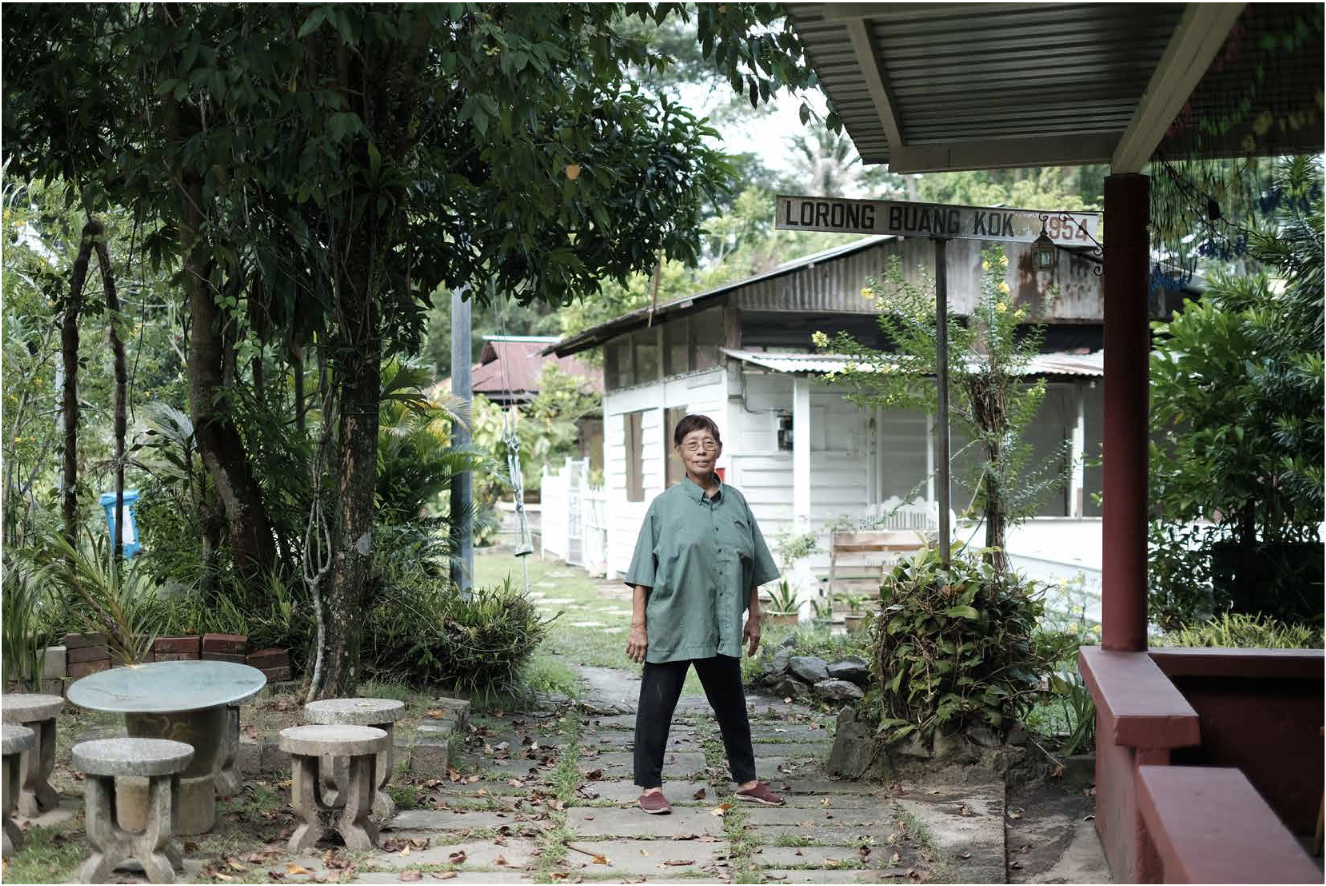
Published 2024-03-05
Keywords
- strategie post-coloniali,
- Kampung Admiralty,
- ruolo culturale delle piante,
- comunità vegetali,
- Singapore
- soluzioni nature-based ...More
How to Cite
Copyright (c) 2024 Bianca Maria Rinaldi

This work is licensed under a Creative Commons Attribution 4.0 International License.
Abstract
The strategies for the construction of national identity devised by the Singaporean government in the years following independence as a British colony included the evocation of an ideal original landscape, epitomized both by the tropical forests that covered the archipelago of Singapore and by the productive landscape of rural villages, or kampung in Malay. The idealized representations of these two local landscapes were entrusted to the plants selected to shape the greening campaigns accompanying the massive urbanization process that rapidly transformed Singapore into a high-density metropolis. Evolving from that approach is Kampung Admiralty, a large contemporary multifunctional building crowned by roof gardens designed by Singapore-based architectural practice WOHA, with Henning Larsen Landscape as landscape consultant. The architectural and landscape architectural complex appears as a technological celebration of the rural landscape: while the botanical associations employed suggest the varied spaces and lively atmospheres of traditional villages with their distinctive mixture of agricultural, wild, and ornamental plants species, the introduction of nature-based solutions and plant communities promoting biodiversity adapt the operational role of tropical vegetation in sustaining the survival of the community that inhabited the kampung to the needs of the contemporary city.




